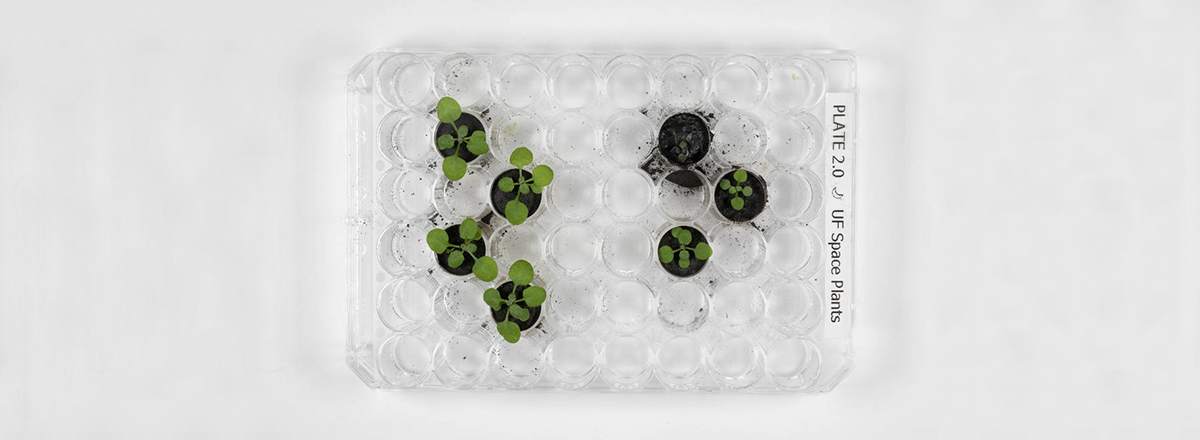Scientists Managed to Successfully Grow Plants in Moon Soil
Researchers believe that this experiment is a major step toward making a long-term stay in habitats on the Moon possible for humans and solving the problem of food shortages on Earth in the distant future.

For the first time in history, scientists at the University of Florida have managed to grow plants – well-studied Arabidopsis thaliana – in the nutrient-poor lunar regolith. Researchers believe that this experiment is a major step toward making a long-term stay in habitats on the Moon possible for humans and solving the problem of food shortages on Earth in the distant future.
“This fundamental plant growth research is also a key example of how NASA is working to unlock agricultural innovations that could help us understand how plants might overcome stressful conditions in food-scarce areas here on Earth,” said NASA Administrator Bill Nelson.
For this experiment, samples collected on the Apollo 11, 12, and 17 missions were used, with 1 gram of soil allotted for each plant. After that, the team added water and seeds to the samples and put the trays into terrarium boxes.
In addition to the seeds planted in the lunar regolith, there also were the control group plants growing in volcanic ash so that the researchers could compare how plants grow in different types of soil. The seeds sprouted in both samples.
Still, the plants grew differently: the plants in the lunar regolith were less robust, grew slowly, and had stunted roots and leaves.
NASA is planning a crewed mission to the Moon in 2025. If all goes well, it will be the first human landing on the Moon since 1972.

